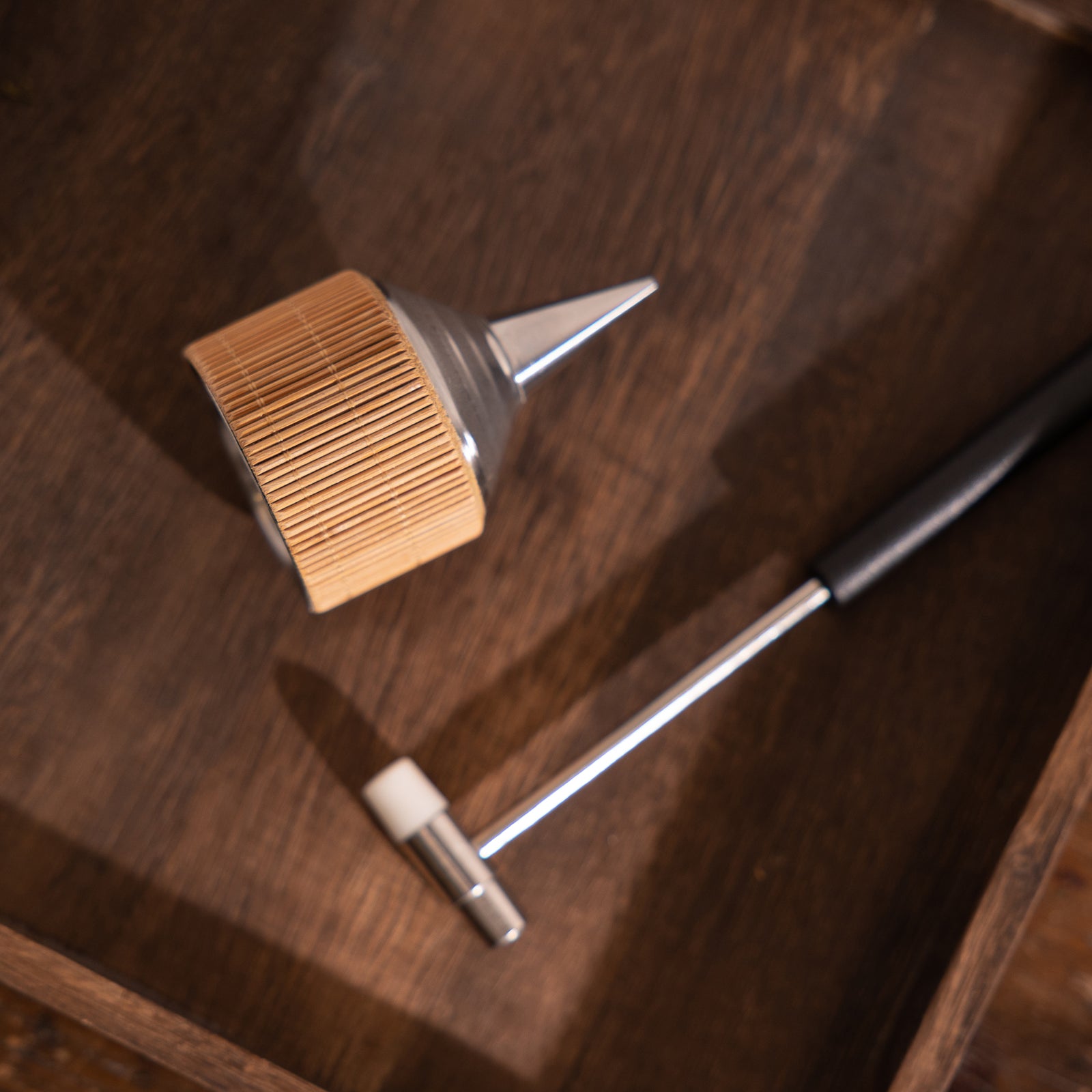We were the first website to publish our theory about how waterfall burners work on the internet back in 2019, and we’ve noticed a whole lot of other websites “borrow” our theory since. We’ve never had a physicist verify it, but here it is:
Incense smoke is actually more dense than normal air because it contains tiny hydrocarbons. These are solid particles that should fall downwards because of gravity. However, normal smoke from a fire or typical incense stick actually rises up because warm air is less dense than room-temperature air. This offsets the weight of these tiny particles.
All backflow incense have a hollow center – backflow incense cones have a hole from the bottom through the center, and backflow stick incense are hollow all the way through. So as backflow incense burns, the smoke enters the empty inner tunnel, where it is mixed with normal air and cools down. When this happens, the smoke becomes denser, so when it exits the tunnel at the bottom, it is pulled downwards by gravity. In a normal incense smoke or stick, there is no inner chamber for the smoke to escape to and cool down.


























